Shelter Valley Virtual
Power Plant Pilot Project
An initiative to build a smart, resilient community while boosting energy reliability and emergency preparedness.
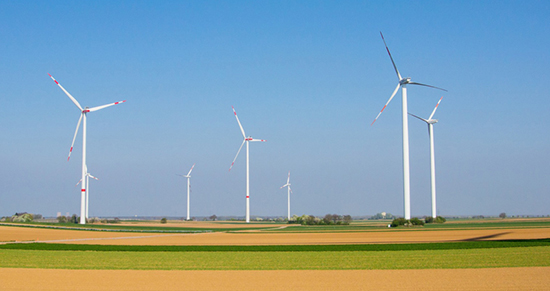
Overview
As part of our Sustainability Strategy and commitment to reach net zero greenhouse gas emissions by 2045, SDG&E is launching a Virtual Power Plant (VPP) Pilot Project in 2022, an initiative to strengthen community resilience and electric reliability in the unincorporated community of Shelter Valley in East San Diego County.
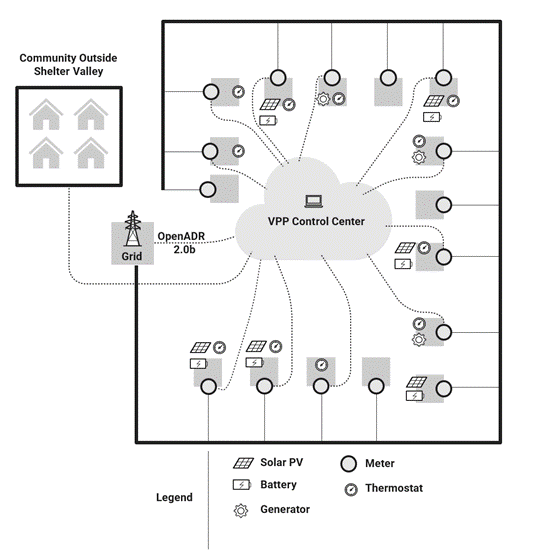
A VPP is a network of distributed energy resources (DERs) such as homes and commercial buildings with solar and battery systems – all working together as a single “virtual” power plant to provide reliable power 24 hours a day. A key feature of a VPP is its ability to combine the capabilities of various distributed energy resources and orchestrate support for the grid, i.e., putting energy back on the grid at the right place, at the right time. In other words, a VPP can mimic or potentially replace a conventional power plant and help address distribution network bottlenecks, but with lower investment and operating costs.
Over an 18-month period, the VPP project will investigate how distributed energy resources (DERs) such as smart thermostats, load controllers, and battery energy storage function in real-world conditions, how they can serve as a resource to help balance supply and demand on the grid.
SDG&E has contracted with Alternative Energy Systems Consulting (AESC) to help administer the project, including recruitment of customers to participate in the pilot and the installation and testing of devices installed inside participating customers’ homes.
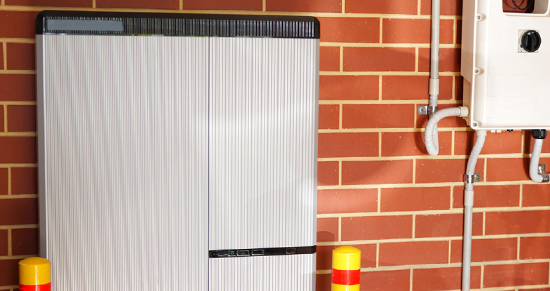
Who is eligible to participate and what do I get for participating?
The project team is recruiting select residences and businesses in the Shelter Valley area to participate in this pilot project. Depending on eligibility, participants will receive free energy equipment such as smart thermostats, smart plugs and/or smart controllers (e.g., well pumps) or free battery energy storage system (for select existing solar PV customers; priority to medical baseline / Access and Functional Needs (AFN) customers. The equipment will be installed at no cost to participants.
As an additional incentive, qualified participants will also receive two $50 Tango gift cards, one after the equipment installation and one at the end of the project. In exchange, we ask that participants share their energy and billing data with us (e.g., energy demand, indoor temperature setpoints, etc.). The data collected for this project will be analyzed confidentially and anonymized or aggregated for reporting purposes.
After the pilot is complete, participants can opt to keep the equipment or have their premises restored to their original condition, with the equipment removed.
How do I sign up?
Complete our sign-up form with your information. An AESC engineer will reach out via phone or email to confirm if you are eligible to participate.
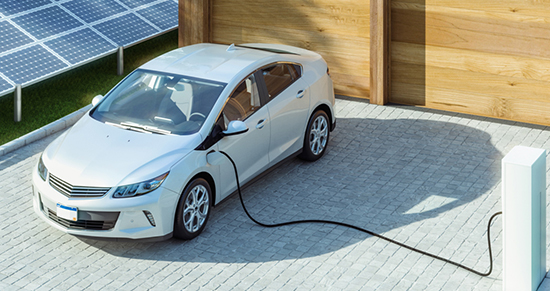
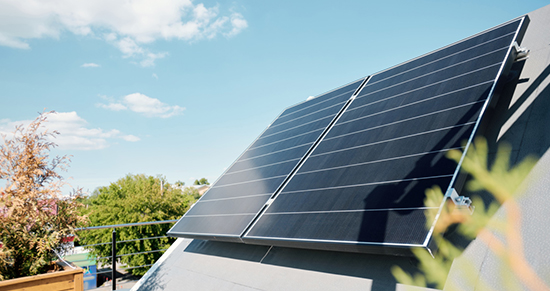
What is expected of program participants?
- Sign a field demonstration agreement (FDA) required by SDG&E.
- Allow a contractor to visit your home and assess your property layout and equipment for eligibility
- If selected, allow a project engineer and a certified electrical/mechanical contractor to install the necessary project equipment and/or control devices. The installation will take approximately approximately 1-2 hours for thermostats and smart plugs, depending on the complexity and accessibility of the system. Battery installation and permitting will take a few days and will be covered by SDG&E with no out-of-pocket expense to customers.
- Allow the contractor to run a diagnostic test on your heating and cooling system for about 10 minutes to make sure everything is installed/working correctly.
- Fill out the customer survey and receive a $50 gift card post installation.
- Schedule a follow-up site visit and/or answer follow-up questions after installation, if required.
- Complete a final survey and receive another $50 gift card.
Frequently Asked Questions
The term distributed energy resource is used to describe renewable energy sources which generate electricity near the point of use (like your home or business) instead of centralized generation sources from power plants. Examples of distributed energy resources that can be installed include:
- Roof top solar photovoltaic units
- Wind farms
- Battery storage
- Batteries in electric vehicles used to export power back to the grid
- Combined heat and power units
- Gas turbines
- Fuel cells, etc.
DER can also be used to describe intelligent devices used to reduce (shed) electrical usage at certain times or to manage (shift) electric usage to different times of the day. Utilities can use DER technologies to delay, reduce, or even eliminate the need to obtain additional power generation, transmission, and distribution equipment and infrastructure. At the same time, DER systems can also provide voltage support to maintain grid stability and enhance local electric service reliability.
A smart thermostat is a Wi-Fi enabled device that is connected to your heating and cooling system and allows you to create automatic and programmable temperature settings based on daily schedules, weather conditions, and heating and cooling needs, via both a desktop and a mobile app. A smart thermostat has the capability to receive a signal from the utility to make minor adjustments to thermostat setpoints, which reduces energy use during the peak demand. You still maintain control of your thermostat during peak demand events and can opt-out of adjustments at any time. An example of Smart thermostat can be found on the Ecobee website.
A load controller is a device that puts a cap on how much electrical usage a home can use at one time. They tie directly into the electrical panel and limit how much power a home can draw. Like smart thermostats, load controllers can be used by a utility to turn off certain equipment like pool pumps, well pumps or water heaters to reduce your peak demand usage. An example of load controller can be found on this website.
Battery storage, or battery energy storage systems (BESS), are devices that enable energy from renewable sources like solar to be stored and then released when customers need power the most. With on-site storage, the customer can charge the batteries with generated by their rooftop solar system and then discharge the energy from the batteries to avoid paying peak prices during the most expensive times of the day. An example of battery energy storage systems (BESS) can be found on this website.
If you choose to participate, only SDG&E and authorized program contractors will have access to your energy usage data. It will NOT be shared with anyone else.
The study will take approximately 18 months and we will request your energy billing data to be shared with us during this period.
Depending on what equipment you receive, it will take between 3 to 4 hours to install and test the equipment. We may need to schedule a follow-up visit with you, if we run into unforeseen issues.
Absolutely NOT. SDG&E will send a signal to your thermostat to raise or lower the thermostat setpoint, but you can override the setpoint if you choose not to participate in an electric load shedding (demand response) event. Utilities call demand response events when they need customers to conserve energy to alleviate strain on the grid.
Yes, you can keep the equipment after the study or have your home restored to original configuration.
Yes, you can. However we recommend you participate until the end of the study to receive your second $50 gift card.
